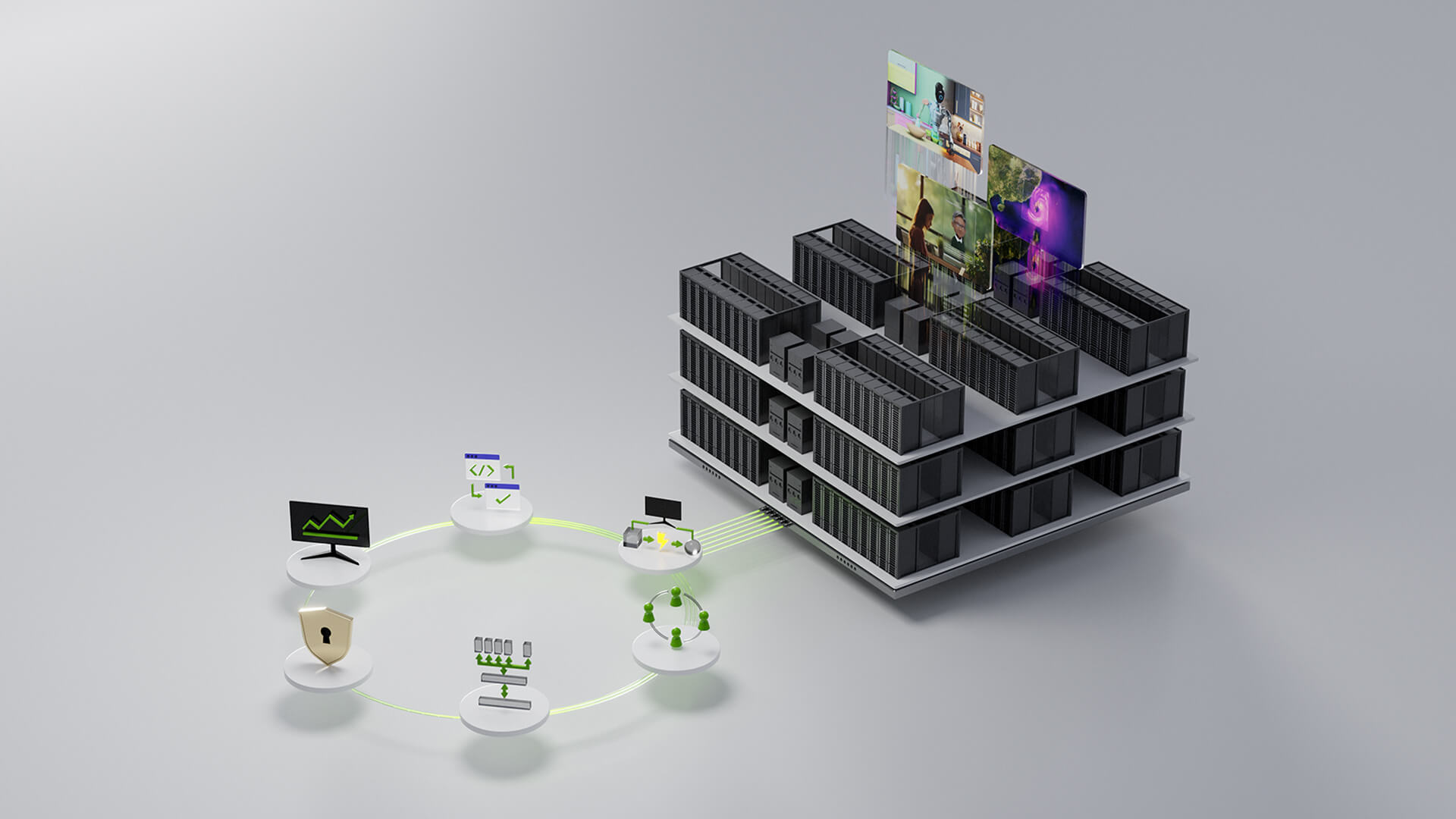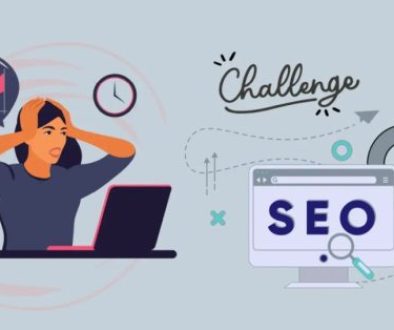The Future of Web Design: Creating Modern, User-Centered Digital Experiences
In an age where digital presence defines success, web design is more than an aesthetic endeavor—it is a powerful business tool. A website is often the first interaction a customer has with a brand, making web design a crucial factor in engagement, trust, and conversion. As technology evolves and user expectations increase, the field of web design is transforming rapidly. In 2025, successful web design is about combining creativity, usability, speed, and responsiveness to deliver seamless digital experiences.
This article will explore the essential elements of modern web design, emerging trends, and the strategies businesses and designers must adopt to stay competitive and relevant in today’s dynamic digital world.
1. The Importance of Web Design in the Digital Era
Web design is not just about making a site look appealing—it determines how information is organized, how users interact with content, and how smoothly they navigate the digital space. In a world flooded with online competition, a well-designed website can:
-
Improve user experience (UX)
-
Increase engagement and conversions
-
Boost search engine visibility
-
Enhance brand identity
-
Build credibility and trust
For businesses, investing in high-quality web design translates directly into improved customer retention and increased revenue.
2. Core Principles of Effective Web Design

Effective web design follows certain universal principles that ensure a website performs well functionally and visually. These principles include:
a. Clarity and Simplicity
Visitors should understand the purpose of a website within seconds. A cluttered, complex design can confuse users and drive them away. A clean and simple layout with clear calls-to-action (CTAs) helps direct users to their desired goals.
b. Visual Hierarchy
Organizing content using size, color, contrast, and spacing helps users focus on the most important elements first. Headings, buttons, and images should guide users naturally through the site.
c. Consistency
Consistent design elements—such as colors, fonts, and button styles—across all pages build familiarity and reinforce branding.
d. Accessibility
Designing for people with disabilities is a moral, legal, and business imperative. Accessible websites use readable fonts, proper color contrast, keyboard navigation, and screen-reader compatibility.
e. Mobile Responsiveness
More than half of global web traffic now comes from mobile devices. A responsive website adapts to different screen sizes, ensuring a smooth experience on smartphones, tablets, and desktops.
3. UX and UI: The Twin Pillars of Web Design
User Experience (UX)
UX is about how a user feels while interacting with a website. A well-designed UX leads to higher satisfaction and loyalty. UX designers focus on usability, efficiency, and user satisfaction.
User Interface (UI)
UI is the visual layer of a website—buttons, typography, spacing, and colors. A strong UI supports the UX by making interfaces intuitive, aesthetically pleasing, and functional.
Together, UX and UI create a design that not only looks good but works well.
4. Web Design Trends in 2025
The digital landscape is always evolving. In 2025, several trends are defining how websites are built and experienced:
a. Dark Mode and Soft Themes
Dark mode not only reduces eye strain but also gives websites a sleek, modern look. Many sites now offer theme toggles for user preference.
b. Micro-Interactions
Small animations that respond to user behavior—like hovering or clicking—help make the site feel dynamic and alive. These interactions improve usability and create delightful experiences.
c. Advanced Scrolling Effects
Parallax scrolling and horizontal navigation provide a more immersive storytelling experience, especially for portfolios and product showcases.
d. AI-Powered Personalization
Websites increasingly use artificial intelligence to tailor content and product recommendations based on user behavior, preferences, and location.
e. Minimalism with Purpose
Minimalist design continues to dominate, with a focus on speed, clarity, and performance. Every element must serve a clear function.
5. Tools and Technologies in Modern Web Design
Creating a modern website involves a combination of design, development, and optimization tools. Some of the most popular tools in 2025 include:
-
Figma & Adobe XD – For wireframing and prototyping
-
WordPress & Webflow – For building websites without heavy coding
-
HTML, CSS, JavaScript – Core front-end development languages
-
Lighthouse & GTmetrix – For performance testing
-
GitHub – For version control and collaboration
-
ChatGPT and AI tools – For generating content, layout ideas, and automation
Mastering these tools helps designers build efficient, scalable, and user-friendly websites.
6. SEO and Web Design: A Strategic Partnership
Search Engine Optimization (SEO) and web design must work hand-in-hand. A beautifully designed website won’t succeed if it can’t be found.
SEO-Friendly Web Design Tips:
-
Use clean and semantic HTML code
-
Ensure fast load times by compressing images and files
-
Optimize for mobile performance
-
Structure content using proper heading tags (H1, H2, H3)
-
Implement internal linking and SEO-friendly URLs
-
Use schema markup for rich results in search engines
Design decisions such as how you organize content, structure menus, and place CTAs can impact both search rankings and user behavior.
7. Common Mistakes to Avoid in Web Design
Even experienced designers can fall into traps that compromise performance and usability:
-
Overloading with animations or effects
-
Using too many fonts or colors
-
Neglecting mobile optimization
-
Ignoring user testing and feedback
-
Poor CTA placement
-
Slow loading speeds
Avoiding these mistakes can make the difference between a forgettable website and one that drives results.
8. Web Design for Different Industries

Different sectors have different web design needs. For example:
-
E-commerce: Product visibility, fast loading, easy checkout
-
Education: Clear navigation, content hierarchy, accessibility
-
Healthcare: Trust-building visuals, simplicity, HIPAA compliance
-
Creative portfolios: Showcase of work, immersive layouts
-
Corporate websites: Professional tone, brand credibility, lead generation
Understanding the unique goals of each industry is key to effective web design.
Conclusion: Web Design as a Long-Term Investment
Web design in 2025 is a dynamic field that requires a balance between creativity, functionality, performance, and user experience. A successful website doesn’t just look good—it solves problems, tells stories, and drives action.
Whether you’re a business owner launching your first website or a designer aiming to sharpen your skills, understanding the core principles of web design is essential. By focusing on responsive layouts, user experience, modern trends, and performance optimization, you can create digital experiences that not only meet user expectations but exceed them.
In a competitive online environment, your website is your most valuable marketing tool. Make it work for you—by design.



